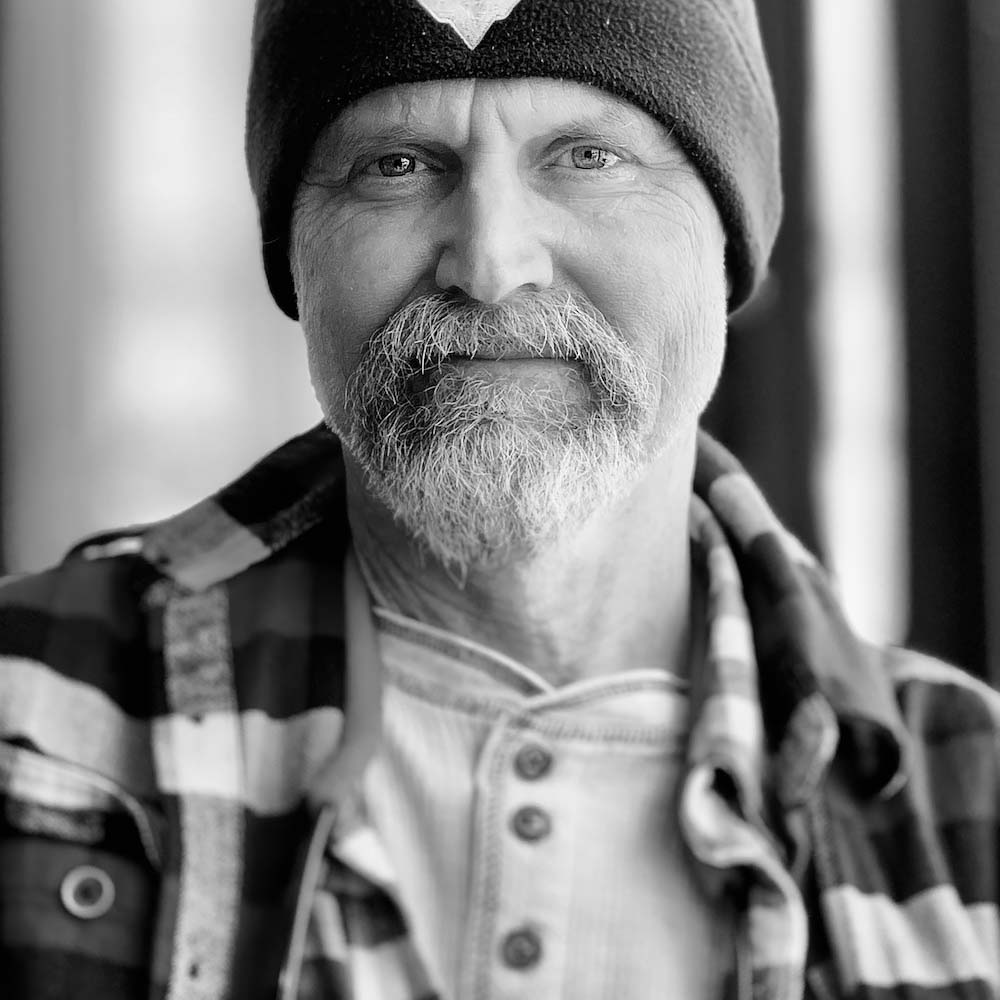Kimmo Sahakangas received a Bachelor of Architecture from Cal Poly Pomona and a Master of Architecture from UCLA. After higher education, he was awarded an architectural traveling fellowship which facilitated a year-long exploration of European urban spaces. It concluded in a slide show presented to an academic institution.
Prior to architectural studies, photography was a passionate endeavor in the family along with vacation roadtrips. At age 19, he traveled the very first time to Las Vegas… stayed at a cheap motel and was keen on photographing the neon lights of Fremont Street and the strip… the visit would inspire architectural study and form an interest in photographing the built American landscape.
Sahakangas contextualizes the vast American landscape with a focus on transitional places and spaces. Some of the more favored subjects are roadside business establishments which epitomize the road trip experience. Traveling off the interstate, he would find such visual matter in the landscape... on a two-lane road allowing a slower pace without a destination in mind. His observations exclude people, to portray isolation as a visual drama. And to frame the cultural, economic and social policies at hand.
His work has exhibited nationally in a dozen private and public galleries including
Praxis Gallery Photo Arts Center (Minneapolis),
Black Box Gallery (Portland OR) and
Torrance Art Museum.
A self-published affair, titled "Roadside Testament", was available in 2021. It features several decades of photography.
